5 Chest Stretch Variations
One thing ties desk jobs, driving, swimming, and hauling boxes: the use of the arms and chest to do the labor. Many times, the muscles in front of our body become hypertonic, meaning they shorten and limit arm, shoulder, and chest flexibility. This is so because much of our lives are spent face-to-face.
Frontally, the pectoralis major and minor, anterior deltoid, and biceps are correspondingly muscles in the chest, shoulders, and arms. Tight pectoral muscles, often defined as forward-rounded shoulders, serve to cause a postural deviation and restrict range of motion in the shoulder joint. Opening the front of the body with a sequence of chest stretches helps one to develop flexibility of the chest muscles and connective tissue, therefore improving upper-body posture and permitting pain-free movement patterns.
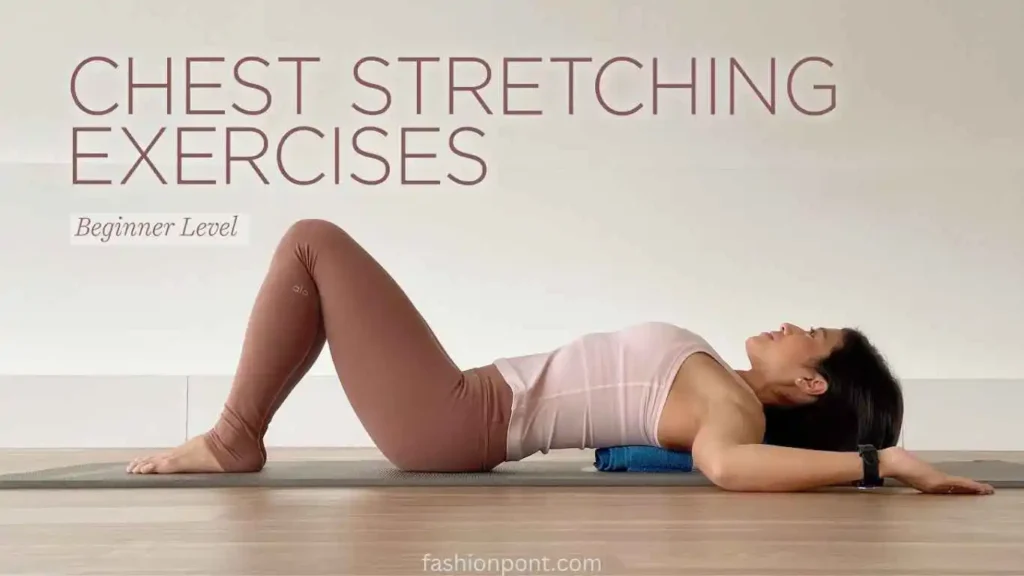
Five variants on a stretch for the chest
Not just after an activity, but any moment may be utilized to perform the following chest stretches, which provide many ways to increase upper-body flexibility. Regularly done, these stretches may assist you to see and feel continuous gains in shoulder and chest flexibility and range of motion. Variations of the chest stretch
- Holding every stretch for two to five breath cycles, ten to thirty seconds or both. One cycle of breathing comes from one inhalation + one exhale.
- Avoid bouncing. With every breath, go into the stretch somewhat further, but only to the degree of moderate discomfort or tightness—never pain.
- Do every stretch two to four times.
- Emphasize drawing the shoulder blades down and back and rising and thrusting your chest forward to develop length in the pectoral muscles.
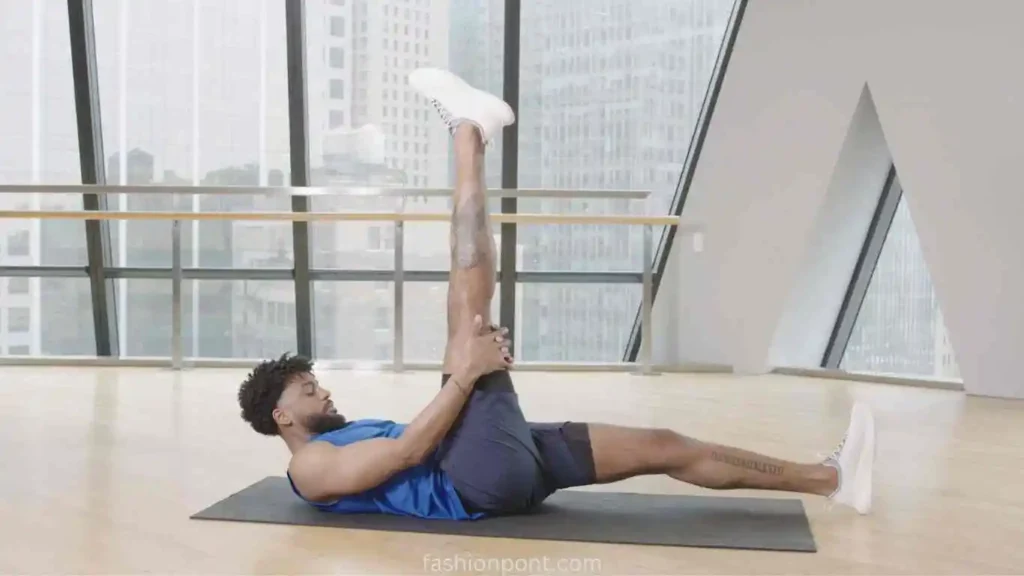
Benevolent underlying behind-the-back grip from elbow to elbow.
- Since it’s easy anyplace and no equipment is required, this is a great way to stretch anytime of the day.
- Starting with shoulders pulled down away from your ears and arms hanging on your sides, either sitting or standing.
- Then gently bring your shoulder blades together to open the chest. Bring the arms behind the back and hold elbow to elbow.
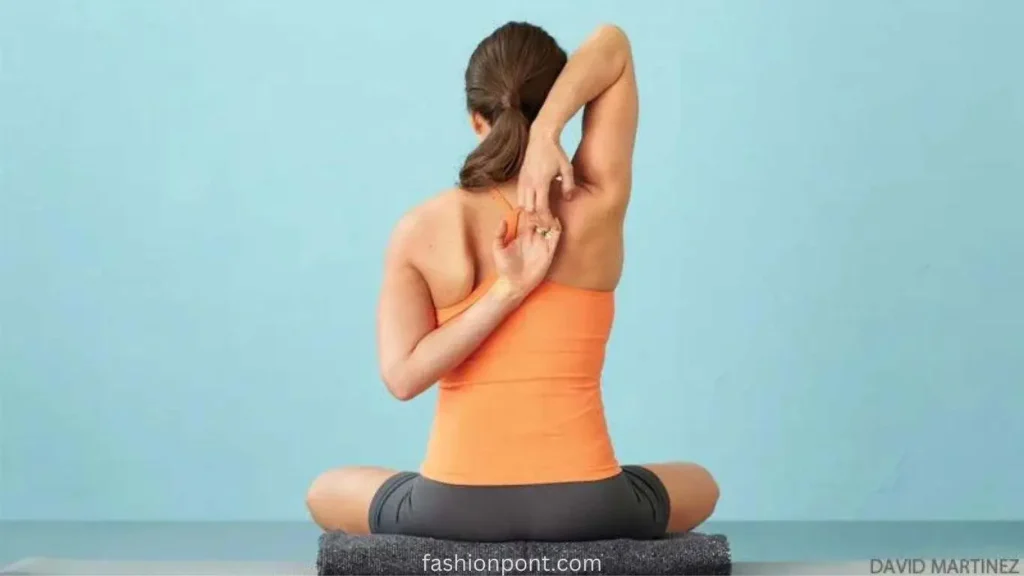
Upper-the-head Chest Stretch
Another stretch one may do seated or standing is this one. To highlight the shoulders and/or chest, play around with hand placement.
- Either seated or standing, bend your elbows and interlock your fingers behind your head.
- Squeeze your shoulder blades gently together, then slide your elbows backward.
- Hands behind the head, hands on top of the head, hands a few inches above the head—vary the height of your hands to highlight the shoulders and/or chest.

The Bent-Arm Stretch with walls using the Bent-Arm technique.
- This drill enables you to individually stretch each side of your chest.
- Assuming a split stance with the left leg in the back and the right leg in front, end a wall or a doorway.
- Raise the left arm to shoulder height, then lay the palm of your hand on the wall or doorway. Your elbow should point ninety degrees.
- Press the chest softly between the open space to experience the strain.
- Stretching various areas of the chest will come from moving the arm higher or lower.
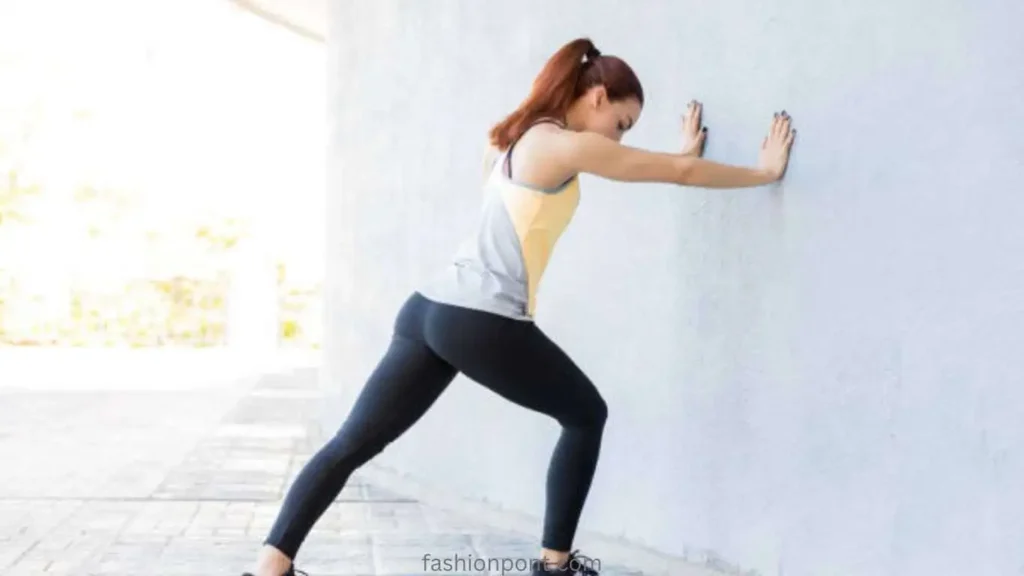
Extended Child’s Pose with Fingertip Contact
- While a child’s posture is thought of as a relaxing practice in yoga, raising the arms stretches the upper body while also easing low back strain.
- Get down on the ground and kneel. Back on your heels, gently touch your big toes together. Next, spread your knees about in line with your hips.
- Starting from the hips, bend forward and then walk your hands as far front of you as you can. With the arms spread and palms facing down, come up onto the fingers as if you were holding a ball under your hands and melting the chest toward the floor.

From Side-lying, a parallel arm chest stretch
- This exercise targets the shoulders specifically and enables you concentrate on each side of the chest alone. Variations in the chest stretch
- Lying on your stomach, make the letter T by drawing both arms out to the sides, palms down.
- Beginning to roll onto your right side, use your left hand to propel yourself. Raise the left leg for stability; bend the knee; then, place the left foot behind you on the ground. Ground your right temple somewhere.
- retain the left hand on the ground to retain balance. To stretch extra, raise the left hand upward toward the ceiling.
- Once again from the other side.


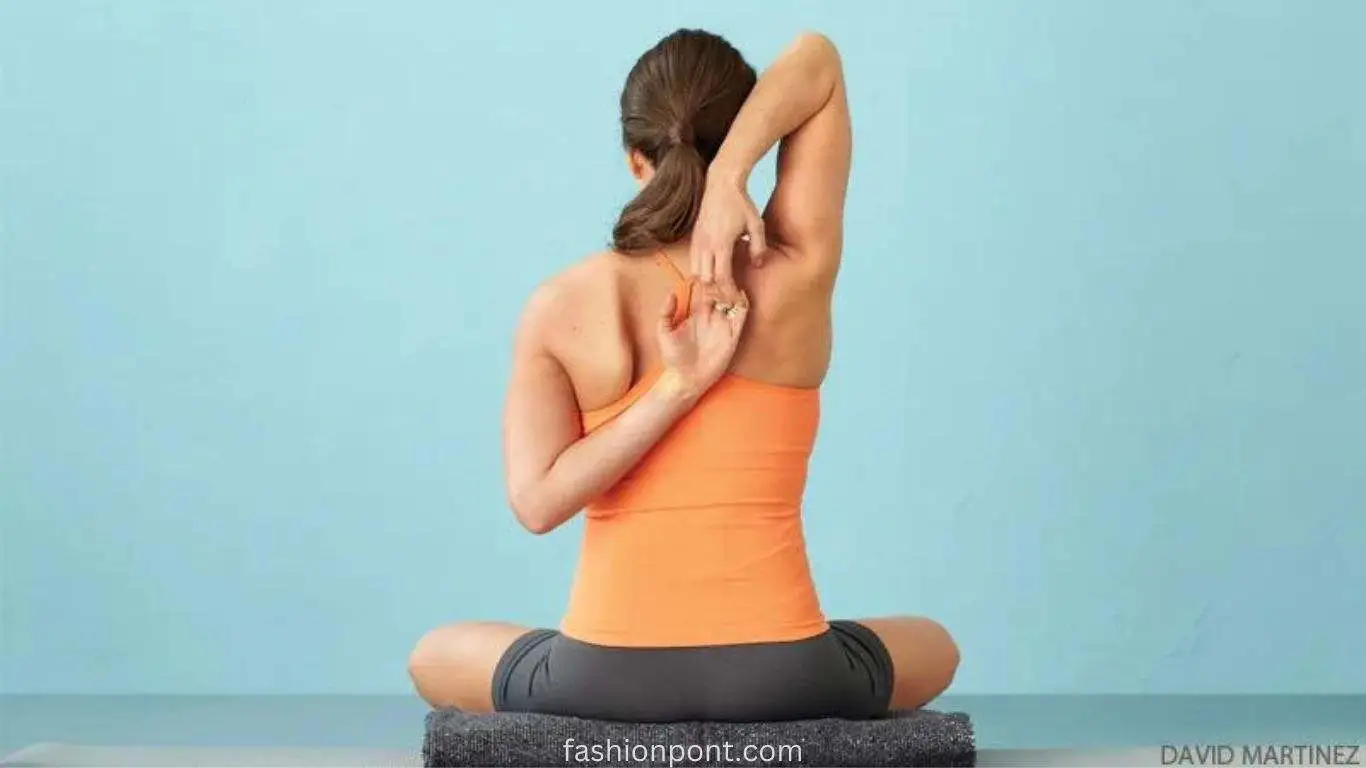






2 Comments